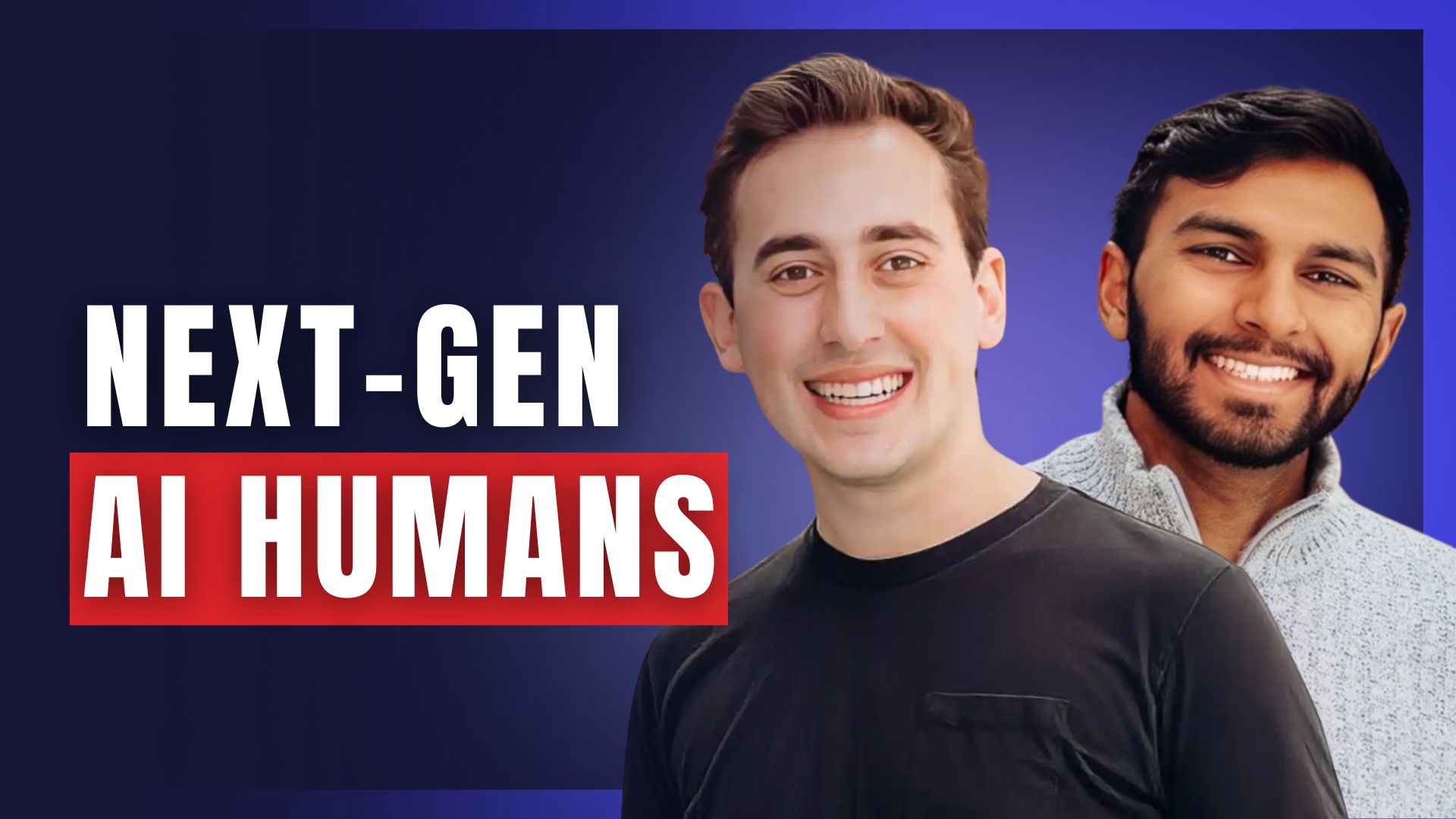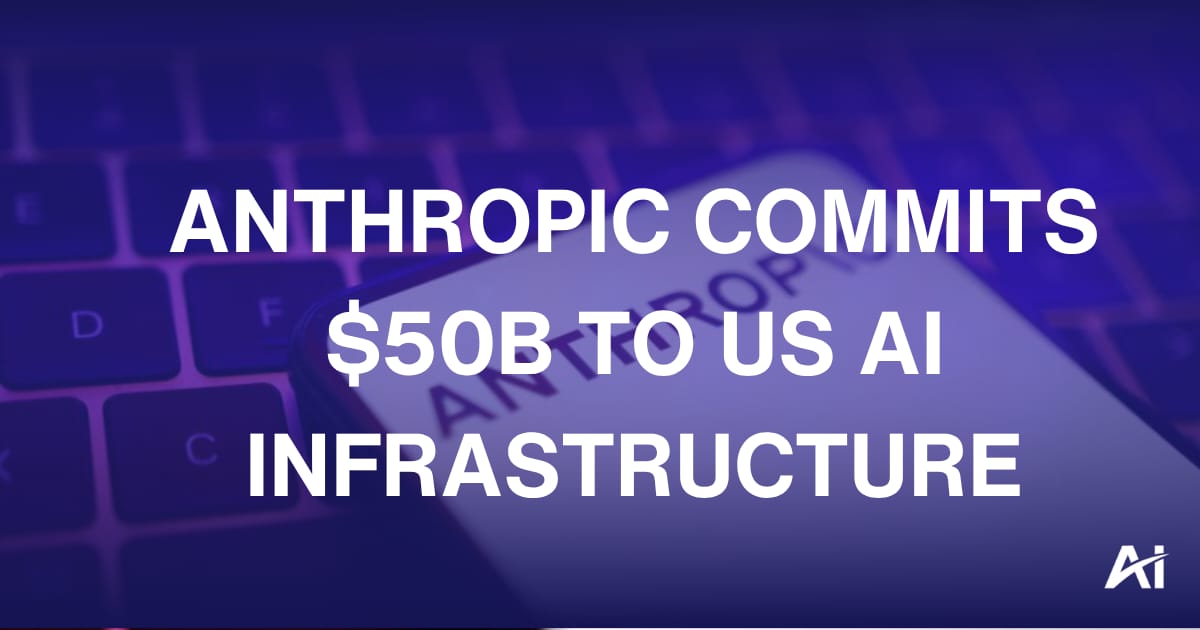
Subscribe to our free Newsletter
💌 Stay ahead with AI and receive:
✅ Access our Free Community and join 400K+ professionals learning AI
✅ 35% Discount for ChatNode
Welcome to The AI Report!
.png)

WORK WITH US • COMMUNITY • PODCASTS • B2B TRAINING

Wednesday’s AI Report
• 1. 🌟 OpenAI launches TikTok-style app
• 2. 🤖 Boost agentic AI impact with IBM
• 3. 🌍 How AI led to reduced food costs for this restaurant chain
• 4. 💼 Become an AI consultant with Innovating with AI
• 7. 💸 OpenAI burns $2.5B in 6 months
• 8. 🧠 Amazon’s AI Alexa launches
🎙️This week’s episode of The AI Report podcast lands tomorrow. Catch Sophie Theodoro and Jett Miller talking about how AI and short-form content will shape the future of advertising.
Read Time: 5 minutes
The Hidden Concentration Risk in Your ETF
Partner Column exclusively available in this edition of The AI Report
By Kyle Mair — Director of Partnership at The AI Report


OpenAI launches TikTok-style app
🚨 Our Report
OpenAI has launched Sora 2, an upgraded version of its text-to-video model (Sora) that generates “ultra-realistic” short-form videos from text prompts, and a new, linked social video app for iOS users, also (confusingly) called Sora. Sora is designed to rival TikTok because it allows users to create and share clips on a TikTok / Instagram Reels-style algorithmic feed that blends AI-generated visuals with real footage.
🔓 Key Points
According to OpenAI, Sora 2 produces more realistic videos, as it’s better at following the laws of physics, compared to other AI video generators, which are often “overoptimistic” and will “deform reality.”
The Sora app has a feature (Cameo) that allows users to upload a video of themselves. The app uses this to generate an AI version of them, capturing their likeness, which they can drop into Sora 2-generated scenes.
User activity within the Sora app, location, post engagement, and ChatGPT history determine what videos users see, but OpenAI will enforce “parental controls” that allow parents to switch off these algorithmic personalizations.
🔐 Relevance
The ability to merge AI with reality, like this, has sparked an immediate debate over the potential for people to generate deceptive videos (without consent), designed to cause harm, and, with slack laws around this area, critics are concerned that this app could accelerate misinformation ahead of the 2026 election cycle.
3 actions to help boost agentic AI impact
Businesses face many challenges going from AI ambition to implementation.
Success requires more than adopting new technology. It involves intentionally aligning AI with workflows, data, and goals. As AI evolves into a business-wide prospect, leaders must ensure the right AI is applied to the right challenges.
Explore IBM’s playbook detailing 3 challenges and approaches you can take to help boost the impact of your agentic AI.
Finding your AI problem
Creating a clear AI plan
Integrating AI with the tools you use everyday

How AI led to reduced food costs for this restaurant chain
Restaurants under the Mac Haik Restaurant Group were struggling to prepare ingredients based on projected customer demand.
Predicting how much to prep was hard due to weather, events, and customer flows, and waste was impacting already thin restaurant margins.
Mac Haik built AI models that used historical sales, trends, and day-of-week patterns to forecast ingredient quantities and generate prep lists.
As a result, the restaurants reported reduced waste and more efficient staffing and kitchen operations, which led to savings in food costs.
💼 Want to build a 6-figure AI Consulting career?
The AI consulting market is about to grow by a factor of 8X – from $6.9B to $54.7B in 2032.
But how do you turn your AI enthusiasm into marketable skills, clear services and a serious business?
Our friends at Innovating with AI have trained 1,000+ AI consultants – and their exclusive consulting directory has driven Fortune 500 leads to graduates.
Enrollment in The AI Consultancy Project is opening soon – and you’ll only hear about it if you apply for early access.


In the first 6 months of 2025, OpenAI made $4.3B in revenue—a 16% increase from 2024. Despite this strong performance, it also burned through $2.5B in R&D, operational, computing, and hiring costs.
Although it appears it will reach its full-year sales target of $13B, it’s also expected to reach its full-year target of losing $8.5B, with analysts predicting that its biggest money-furnace will be its R&D efforts.
Analysts warn that future R&D developments, which include the rumored GPT-6, will require even more funds, with many predicting it will cumulatively burn through as much as $115B+ by 2030.

At its annual hardware event, Amazon launched a new line-up of devices, including Echo speakers, Ring cameras, Kindles, and Fire TVs, that all come with a newly upgraded pre-installed AI Alexa (Alexa+).
Devices with Alexa+ will deliver more personalized insights, like identifying friends and family who ring the doorbell, reminders if a door was left unlocked, real-time sports updates, and specific movie scene searches.
According to Amazon, the upgrades allow AI and Alexa to work "in the background…whether it’s a camera catching what you missed, your TV updating you on a game, or your Kindle remembering where you left off.”

MORE NEWS
PODCASTS
The New Edge of Cybercrime
This podcast discusses how cyber hackers are using LLMs to scale impersonation, phishing, and even deepfake fraud, while defenders are racing to automate detection and takedowns at the same speed.

We read your emails, comments, and poll replies daily.
Until next time, Martin, Liam, and Amanda.
P.S. Unsubscribe if you don’t want us in your inbox anymore.










